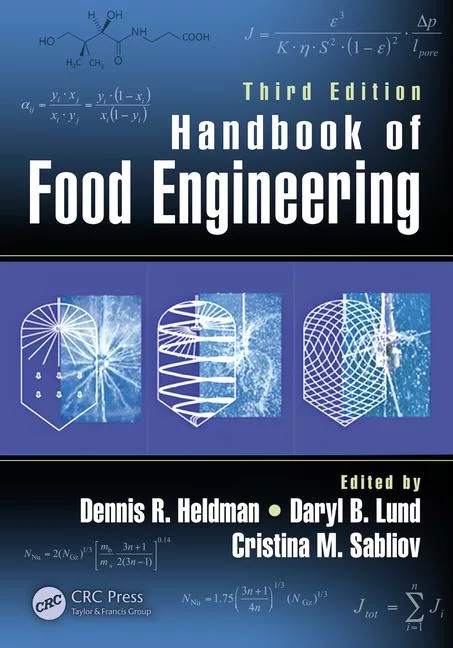Open water on third party audits

How do you know if your business is making progress? Audits are integral components of the quality, safety and sanitation programs of food and beverage manufacturers.
They can be scheduled for any number of reasons, including gathering information to decide whether or not to accept a new vendor or assuring that an existing supplier is maintaining high standards. Audits may also be scheduled to meet the requirements of a buyer, attract new buyers or be used as a method to help improve operations. Ideally, every company that is audited by a third party should look at the audit as a means to do things better.
I had an excellent teacher when I first started doing third-party sanitation inspections in the late 1970s. My teacher and mentor, the late Allen Katsuyama, used a form called the post inspection checklist. It provided spaces for the inspectors to make observations, rank the observations, offer recommendations and suggest follow-up or corrective actions. This format allowed us to note deficiencies in and around the plant and explain why those observations were a concern. Allen used the terms critical, major and minor when ranking observations. Any issue that was rated as critical was something that the plant should address immediately as there was a high probability that the situation could contaminate product. The column for recommendations was the consulting column. In it, we would offer a range of solutions to the issues that were noted under observations. These solutions might entail capital expenditures or be a short-term fix. The final column, corrective actions, went to the heart of the audit. What I learned from this experience is that if a company is going to spend money on a third-party auditor and allocate staff time to work with him or her, it makes no sense to ignore the recommendations.
Most auditors use a checklist or scorecard that allows them to issue a grade or score for the plant. But scorecards or checklists this have both advantages and disadvantages. The main advantage is that they allow audits to remain consistent from plant to plant. But the consistency is also a disadvantage in that there are points in these forms that may not apply in a given operation. For example, the USDA's Processed Product Branch has a scorecard that it uses for food plants. One item deals with environmental sampling and suggests that the company sample the ceiling. Question: Should a company with a ceiling that is forty plus feet high, bone dry and without places for food or dirt to collect be subject to this criteria?
The other problem with scored audits is that companies worry more about the score than the issues that resulted in the score. If a company passes an audit with a high score, it may well ignore the problems. I have also seen companies who actually shutdown to prepare (and cleanup for) third-party audits. The preparation results in a good score and as soon as the auditor leaves, it is business, and often bad business, as usual.
Recently the National Food Processors Association established an industry committee to develop a detailed and comprehensive third-party audit that will provide potential buyers with, as Cliff Coles of California Microbiological Consulting notes, "a virtual tour of a company's quality, safety and sanitation systems."
There are many reasons for a company to bring in an outside auditor. Unfortunately, most companies do so only because buyers demand it. The companies who view outside audits and even visits from regulators as a means to improve have the right idea. Every auditor should be able to help a plant improve. Be the shark and keep moving forward. Use any visit by an auditor as a chance to upgrade your operations.
Looking for a reprint of this article?
From high-res PDFs to custom plaques, order your copy today!





